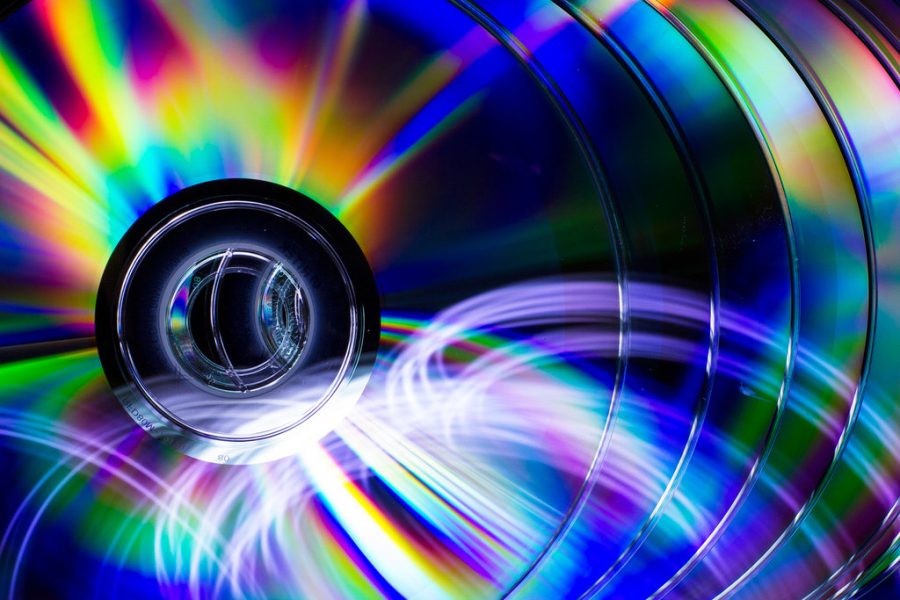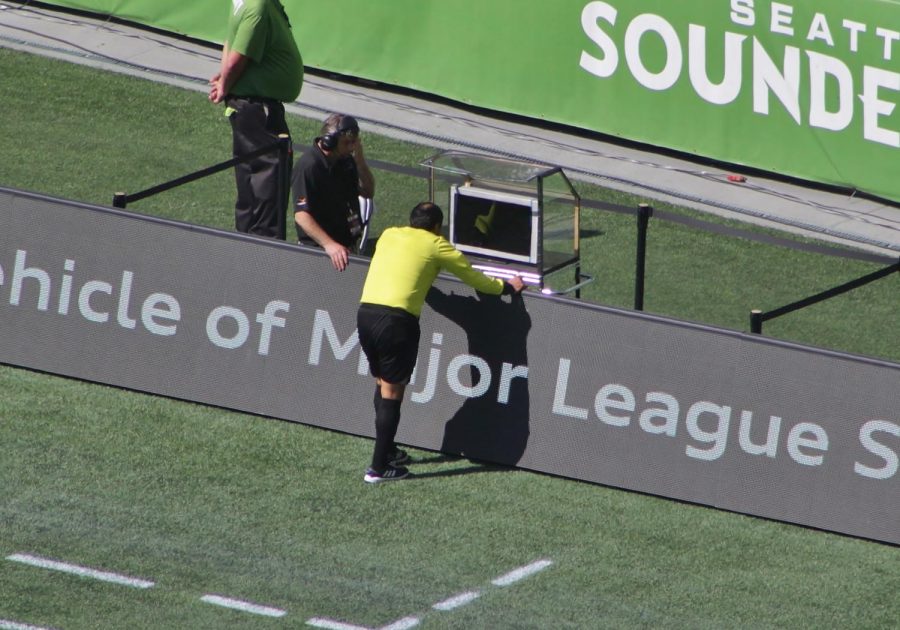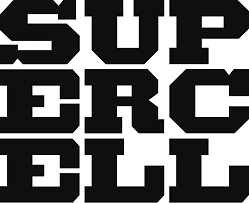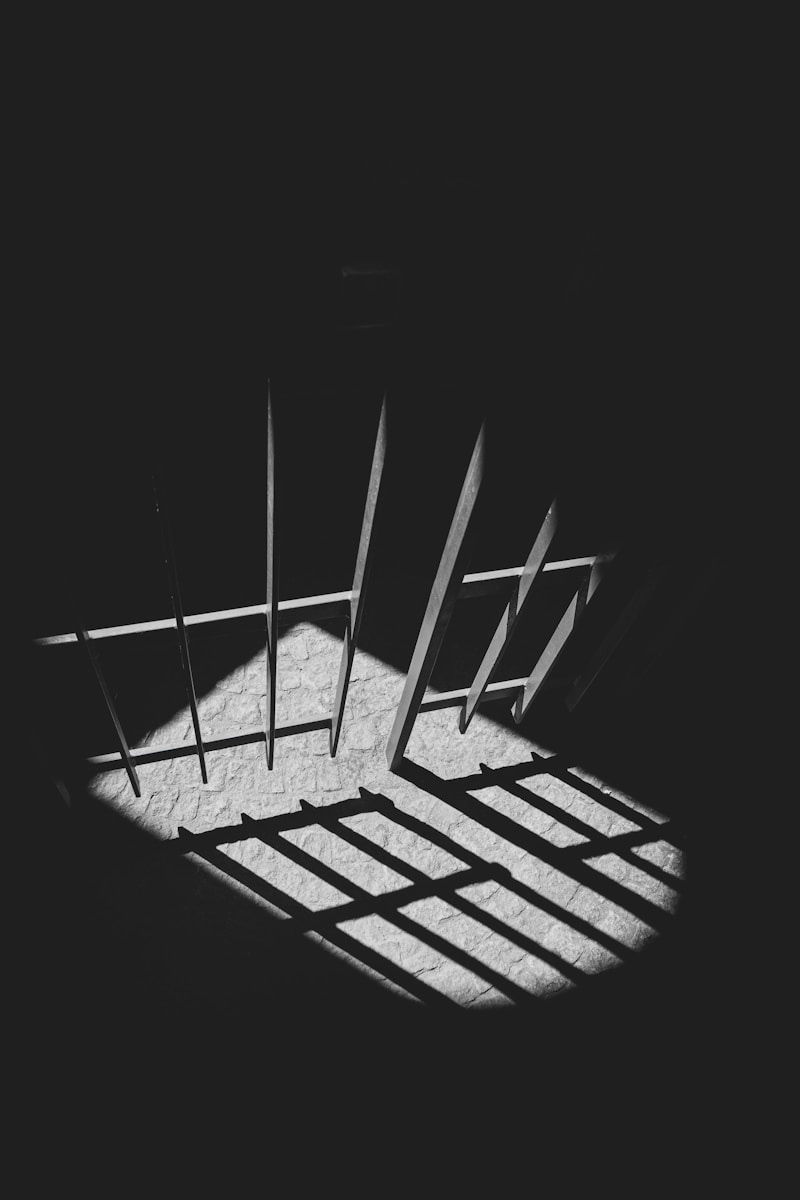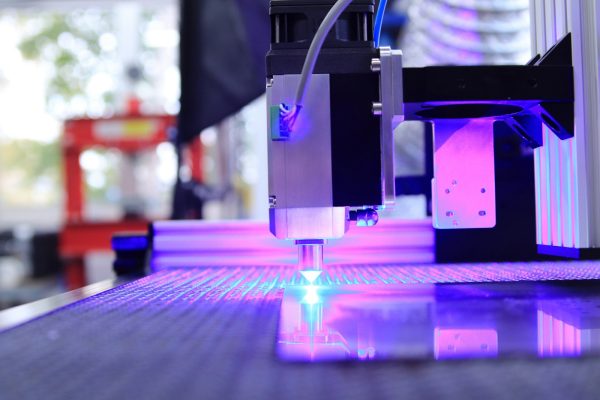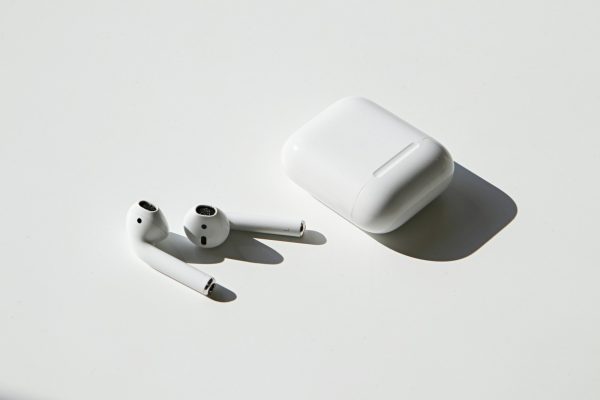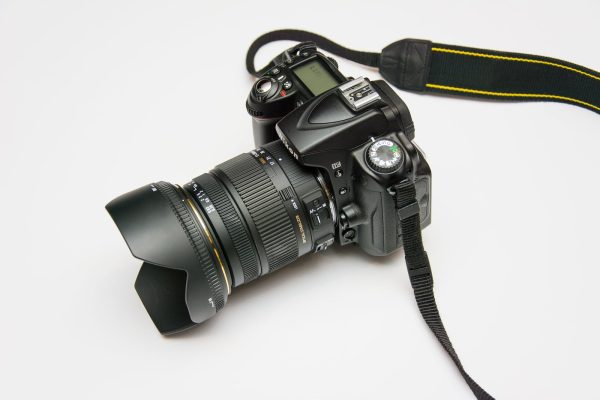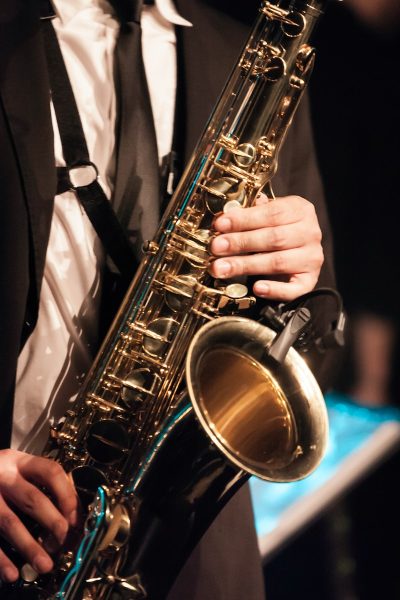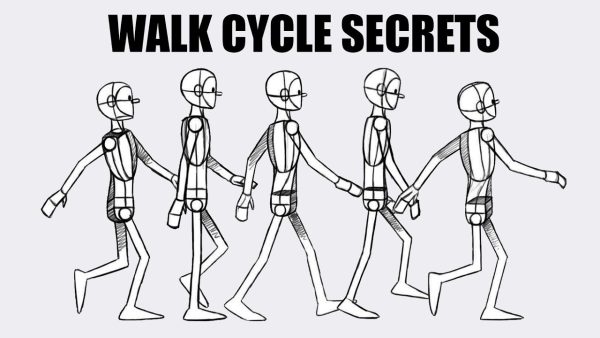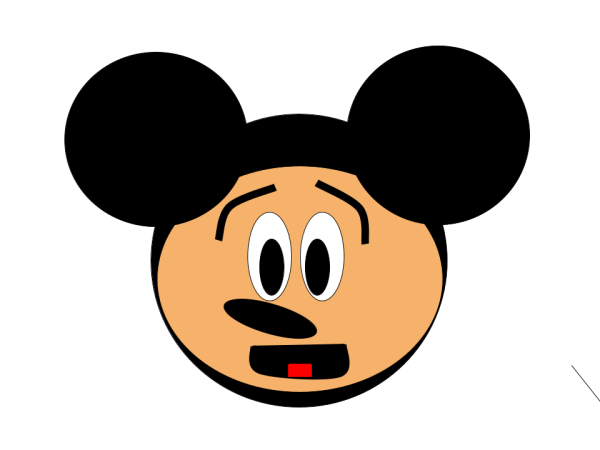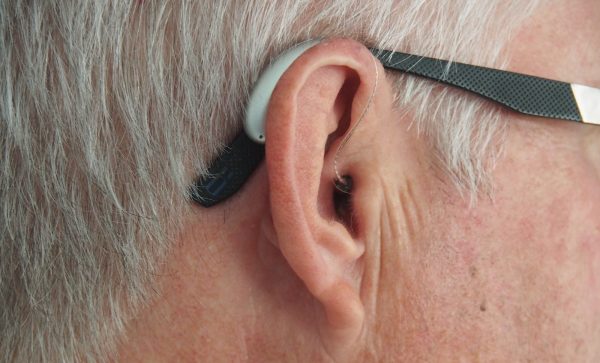How CDs Work
CDs are simple to utilize using a computer, a CD-R player, and whatever content you offer. But how do they function?
Source: Dwayne Flight
These days, compact discs are widely accessible to the public. They have become one of the primary options for disseminating massive amounts of information in trustworthy packaging. Whether being used to carry music, data, or computer software. Many enjoy using CDs because of how easy it is to make CDs. Using whatever content you provide, a computer, and a CD-R drive, CDs are easy to use. But how do they work?
CDs have a single spiral track of data, which circles from the inner disc to the outside. Extended bumps along the track are half a micron wide each. You may often hear these being referred to as “pits”. On the aluminum side of the track, that is how they appear. Though on the side the laser reads from, they are bumps. The CD player’s task is to locate and read the data that is kept on the CD in the form of them. These bumps are amazingly accurate pieces of technology, given how precise they are.
Keeping the laser beam focused on the data track is the hardest job of a CD. The tracking system is responsible for this centering. As the CD plays, the tracking system must continuously move the laser outward. Because the linear speed of the bumps is equal to the radius times the speed at which the disc is spinning, they pass the laser more quickly as it goes away from the disc’s center (rpm). The spindle motor must thus reduce the speed of the CD as the laser advances outward. In this manner, both the speed at which the bumps pass the laser and the rate at which the data exits the disc are constant.
Essentially, the CD is spun rapidly while a very concentrated laser beam reads the data track. The polycarbonate layer lets the laser beam through while the aluminum layer reflects it. A sensor monitors variations in the laser beam’s reflection as it travels because the bumps alter how the laser reflects light.
Consider the operation of a CD player the next time you’re listening to one. The amount of thought that goes into it is astounding.
RELATED STORIES:
https://www.electroschematics.com/compact-disc-how-it-works/
https://www.wonderopolis.org/wonder/how-do-cds-work
https://www.cs.mcgill.ca/~rwest/wikispeedia/wpcd/wp/c/Compact_Disc.htm
https://electronics.howstuffworks.com/cd.htm
TAKE ACTION:
https://www.amazon.com/music-rock-classical-pop-jazz/b?ie=UTF8&node=5174
